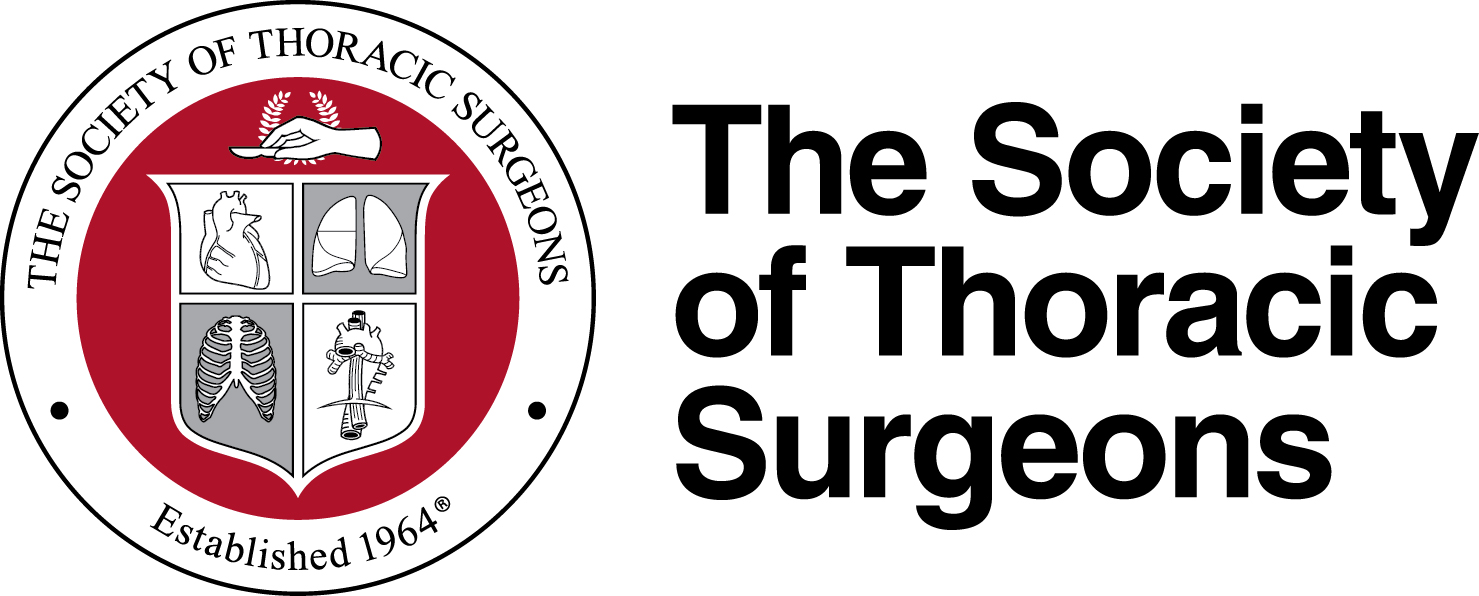Newswise — CHICAGO — The notion that more medical errors occur in July compared to other months due to an influx of new medical school graduates starting their in-hospital training does not apply to heart surgery, according to research published online today in The Annals of Thoracic Surgery.
“While the perception of the ‘July effect’ persists culturally among health care providers, we hope that this study reinforces the fact that hospital systems have in place processes that help provide the highest level of care and ensure patient safety,” said Sameer A. Hirji, MD, of Brigham and Women’s Hospital in Boston. “Our findings are encouraging.”
Dr. Hirji, Rohan M. Shah, MD, MPH, Tsuyoshi Kaneko, MD, and others from Brigham and Women’s Hospital examined data from the Nationwide Inpatient Sample, which is part of a database family developed by the Agency for Healthcare Research and Quality and provides information on more than 35 million hospital admissions.
The group analyzed more than 470,000 standard cardiac procedures such as coronary artery bypass grafting (CABG), aortic valve replacement, mitral valve repair or replacement, and thoracic aortic aneurysm (TAA) replacement that were performed between 2012 and 2014 on adult patients. For each procedure, overall trends were compared by academic year quartiles: Q1 (July to September with the least experienced residents) vs. Q4 (April to June with the most experienced residents). Researchers observed no differences in mortality, in-hospital complications, costs, or length of stay between patients who were treated in Q1 compared to those in Q4.
“Cardiac surgery patients are managed in a multidisciplinary fashion; therefore, the well-being of patients is not solely dependent on one individual, but rather on the entire caregiving team and so may be more resistant to changes in hospital staff,” said Dr. Shah. “What this means for patients is that they should not be fearful or concerned about having surgery in July when the new residents are starting.”
In addition, the study showed that while hospital teaching status did not influence risk-adjusted mortality rates for CABG and TAA replacement surgeries, teaching hospitals did perform better than non-teaching hospitals with lower mortality in Q1 versus Q4 for the aortic and mitral procedures. Dr. Shah explained that this is an important finding with implications for overall resident training and education in the operating room.
The Future of Surgeon Training
Most cardiac surgery teams recognize that July is a “vulnerable” period when “direct and strict” supervision of residents is expected, according to Dr. Hirji. As the year progresses, though, resident autonomy increases.
“The balance between attending supervision and resident autonomy constantly shifts during teaching,” said Dr. Hirji. “This is a fine balance and, as indicated by this study, our specialty is doing a great job.”
Even so, Dr. Shah said that the effectiveness of traditional training programs versus newer training paradigms, such as the increasingly popular Fast-Track Pathway (4-plus-3 model) and the Integrated Pathway (I-6 program), should be evaluated.
Under the Traditional Pathway, residents complete 5 years of general surgery training, consisting of clinical rotations through the various surgical disciplines, followed by 2 to 3 years of cardiothoracic surgery residency. This results in a surgeon who is trained broadly in general and cardiothoracic surgery.
The 4-plus-3 model includes 4 years of general surgery training followed by 3 years of cardiothoracic residency. The resident is introduced to cardiothoracic surgery earlier in the training pathway, resulting in more time to master skills.
The I-6 program is the newest training model and offers even earlier exposure to cardiothoracic surgery. Residents apply directly to an integrated cardiothoracic surgery residency program for 6 years of comprehensive and total immersion in the diagnosis and management of cardiovascular and thoracic diseases through multidisciplinary training and exposure to related fields such as cardiology, radiology, oncology, and endovascular surgery.
“This study highlights the pivotal role of appropriate resident teaching that doesn’t compromise patient outcomes,” said Dr. Kaneko. “Patient safety will always be the first priority.”
###
Shah RM, Hirji SA, Kiehm S, Goel S, Yazdchi F, Bellavia A, Zogg CK, Pelletier MP, Shekar P, and Kaneko T. Debunking the July Effect in Cardiac Surgery: A National Analysis of Over 470,000 Procedures. DOI: 10.1016/j.athoracsur.2019.06.015.
Find comprehensive medical information presented for patients by leading experts in cardiothoracic surgery on the STS Patient Website (ctsurgerypatients.org). For a copy of The Annals article, contact Jennifer Bagley at 312-202-5865 or [email protected].
Founded in 1964, The Society of Thoracic Surgeons is a not-for-profit organization representing more than 7,200 cardiothoracic surgeons, researchers, and allied health care professionals worldwide who are dedicated to ensuring the best possible outcomes for surgeries of the heart, lung, and esophagus, as well as other surgical procedures within the chest. The Society’s mission is to enhance the ability of cardiothoracic surgeons to provide the highest quality patient care through education, research, and advocacy.
The Annals of Thoracic Surgery is the official journal of STS and the Southern Thoracic Surgical Association. It has an impact factor of 3.919.
MEDIA CONTACT
Register for reporter access to contact detailsArticle Multimedia
CITATIONS
The Annals of Thoracic Surgery
